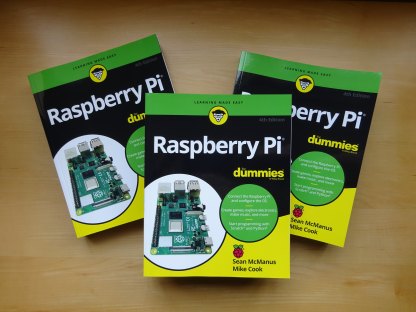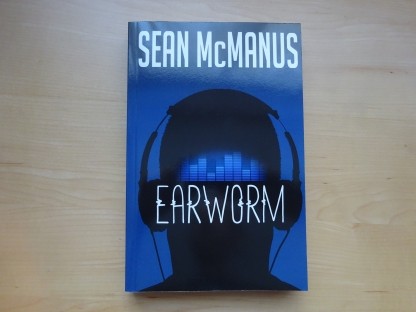
100 Top Tips: Microsoft Excel
Power up your Microsoft Excel skills with this powerful pocket-sized book of tips that will save you time and help you learn more from your spreadsheets.
21 March 2014
Back in the 80s and 90s, I used to write programs for Amstrad computer magazines. One of the best features was the 10-liners pages in Amstrad Computer User, which challenged programmers to come up with something interesting, fun or useful in no more than 10 lines of code. In many ways, it was a precursor to the coding competitions that still run today, with a limit on the final file size. You can see one of my contributions here:
One of my 10-liners from ACU magazine. If this is your kind of thing, see my Amstrad CPC pages here.
I got around to thinking about what could be done in up to 10 blocks of Scratch. If you haven't heard of it, Scratch is a highly visual educational programming language. I've been using it a lot at my Code Club, and I wrote the book Scratch Programming in Easy Steps.
It's been an interesting challenge: You could pack quite a lot of instructions into one line of Amstrad BASIC (as you can see from the program above), but 10 blocks of Scratch means just ten instructions or functions. The upside is that the core purpose of the demo really shines through. I've used some of my 10-block programs with my Code Club, and they've enjoyed their simplicity, and the ease with which they can experiment with them. Quite simple ideas, like adding a password to a program, or making one sprite control another have really captured their imaginations.
Here are the 10-block demos I've created so far. Click each one to find tips on how they work, and demos that show them in action:
Feel free to share those images and links on your social networks.
I have a few more ideas, so I've set up a page for 10-block Scratch demos which I'll update as I publish new examples. Do you have any ideas for simple examples you'd like to see? Leave a comment below.
Permanent link for this post | Blog Home | Website Home | Email feedback
07 March 2014
Permanent link for this post | Blog Home | Website Home | Email feedback
© Sean McManus. All rights reserved.
Visit www.sean.co.uk for free chapters from Sean's coding books (including Mission Python, Scratch Programming in Easy Steps and Coder Academy) and more!

Power up your Microsoft Excel skills with this powerful pocket-sized book of tips that will save you time and help you learn more from your spreadsheets.

This book, now fully updated for Scratch 3, will take you from the basics of the Scratch language into the depths of its more advanced features. A great way to start programming.

Code a space adventure game in this Python programming book published by No Starch Press.

Discover how to make 3D games, create mazes, build a drum machine, make a game with cartoon animals and more!

Set up your Raspberry Pi, then learn how to use the Linux command line, Scratch, Python, Sonic Pi, Minecraft and electronics projects with it.

In this entertaining techno-thriller, Sean McManus takes a slice through the music industry: from the boardroom to the stage; from the studio to the record fair.